Limit yourself to expand your creativity

Written by: Tristan Mendoza for BABY Audio
It's no secret that modern creatives have an unlimited number of tools and possibilities within their arsenal. Open up your DAW, and I can almost guarantee there will be at least a couple plugin choices for compressors, EQs, distortion/saturation, and more. As a Studio One user, I have about three options across any one category of plugin. This is not counting my products from third-party developers such as BABY Audio. The infinite pool of digital tools is a stark contrast to the constraints studios dealt with before the invasion of computers in our workspace.
You may be asking yourself, "What's wrong with any of this?" The answer is...nothing! Nothing is wrong with having as many plugins as your computer can possibly handle. However, I want to ask you something, how would your music sound if you had few or even none of your usual plugins? I firmly believe that the overwhelming options at our disposal can hinder our creativity and our ability to learn and craft our own sound and workflows. Let me give you some tips and explain why you should experiment with a "less is more" mindset in your studio.
Tip #1 - Use the tools that get the job done, not the ones with the highest price tag
There are many ways you can limit yourself in the studio. Begin by making a song with only stock effects found within your DAW, then maybe only stock instruments too. It’s unlikely your music's sound will change due to the plugin itself but more so because of the way you work with the tools in front of you.
If you look at these two pictures, which of them do you think you would be able to work faster with?
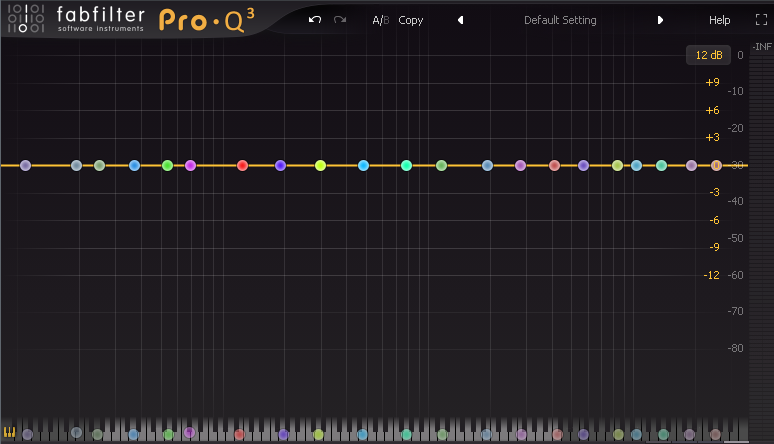
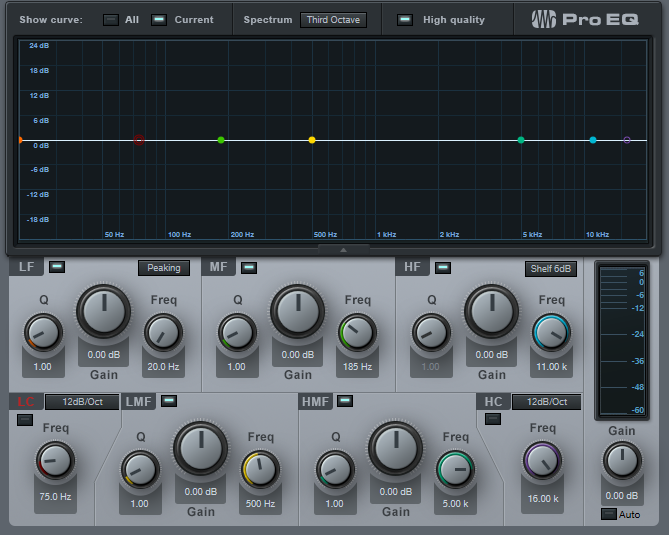
Because why do this:
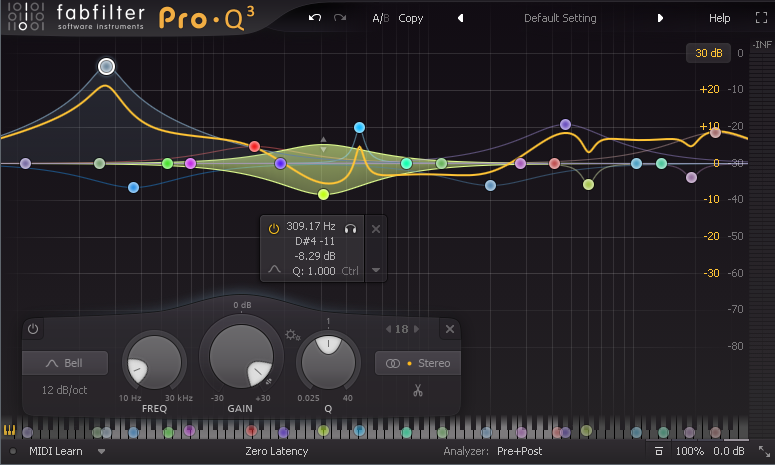
When you can do this:
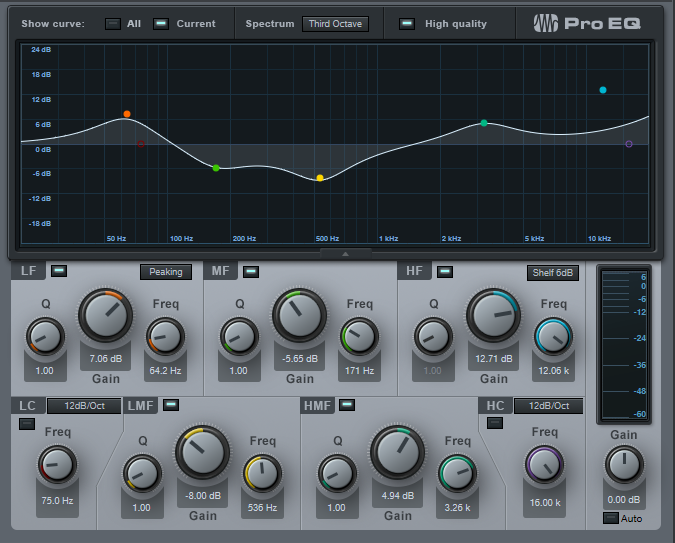
Tip #2 - Restrict track count
Limiting yourself to specific numbers of tracks can do a few things for your creativity. The first thing it will do is urge you to ensure every instrument provides something meaningful to the song and make you reconsider if you actually need 12 synths playing the same chords or melody. Additionally, it will encourage experimentation during sound design because with limited track counts, you must make every sound do its job and possibly more.
On a project I recently worked on, we recorded electric guitar and then duplicated the track for effects processing and rendered it with all effects on. After this was done we placed the guitar back onto the original track it was taken from, allowing a different part to take up the new FX track, using the same settings.
Tip #3 - Minimize wasted time
The third and possibly most rewarding way I suggest limiting yourself is with time. Limiting the time you spend on things in the studio will force you to evaluate what is most important, force you to commit to ideas, and let you focus on what’s most important. If you spend 100 hours on a song, I doubt it sounds much better than it did at 50 hours. When you work on things for so long you lose objectivity and the project suffers.
One of the best things I’ve learned on the internet was from a YouTube video where a producer named ill.gates mentions that he never spends more than 20 hours on a song because if the song isn’t done by that point it’s clear the song wasn’t working. I think he’s right, why spend another 20 hours on top of a 20 hour long session trying to force something to work when you could just spend that time exploring other musical ideas? Giving yourself a deadline to meet on your projects might help you actually write something that is exciting and inspiring, something that pushes the song forward instead of spending 2 hours tweaking a synth patch.
We can even bring this down to a smaller scale than the overall song. Try giving yourself 10 minutes to write some chords and a melody, then 5 minutes to design a synth patch. Maybe give yourself a minute to process your kick or snare when working on sound design, because if you have to spend an hour on your drums it’s likely they weren’t that great in the first place.
Challenge yourself!
Still wondering how to actually apply all of this information in your workflow? Here’s a few quick ideas to get you started. Feel free to pick any one, or mix and match!
- Give yourself a time limit. Start easy with giving yourself 24 hours to complete a song start to finish and then work your way down to even less time. This will force you to commit to ideas that you otherwise might have dwelled on. The goal here is to get yourself in the habit of completing your creations because your work will never be “the best it can be”, however, it can certainly be “the best it can be right now”
- Use stock plugins. You’d be amazed at how quickly you can get solid results with plugins you already have. These plugins will usually load faster, offer better integration with the rest of your DAW, and will naturally encourage a different workflow due to differences in features and GUI.
- Set a limit for the number of tracks you use. A big tip I see all over YouTube tutorials is to layer your instruments for a better sound, and while this does work well we have to remember to use this in moderation. If your chords or melody don’t sound good with 5 layers, I don’t think the next 5 layers will make a difference. Ensure your musical parts are functional and exciting on their own, then add layers for flavor, not as a bandaid. This will be easier on your CPU and will make mixing a lot easier.
- Limit yourself to fewer plugins. This is a bit of a tough one because we all have our favorite plugins for certain sounds, but what if you only used one instrument plugin for everything? This approach will produce a lot of happy accidents and you will no doubt find new tricks for old tools you have. The process of figuring out how to use Serum for creating drums when you’ve only used it for pads and bass sounds will be challenging but extremely rewarding. There is even a video floating around on the internet where the GUI artist for Serum actually created an entire song with a single track, a single instance of Serum, and only using one note. There are no excuses!
- Reduce the tasks you have in front of you. Have you ever sat down in the studio intending to create a banger only to find yourself browsing Twitter for 3 hours? That’s because it’s almost impossible to be productive when the task is to “write a good song”. You have to break it up into something doable and approach your track one challenge at a time.
Results and benefits
So why do all this? Why impose limitations on yourself? Because these limitations will reveal things that need improvement, and things that are worth actually spending time on. If you feel like you aren’t getting the results you want after spending a bit of time on writing or sound design, then you know that’s something you need to work on next time you’re browsing the internet for tutorials. Your drums not sounding good after half an hour of focus doesn’t mean you need to work on them for another hour, it means you might need to invest in higher quality sounds. When you can’t get the sound you want out of a compressor you have, that doesn’t mean you should go spend $200 on a fancy looking compressor, it means you should probably learn more about making the most of the one you have. Limiting yourself with track counts within the session will get your creativity flowing and ensure you write parts that are exciting and integral to the musical composition, because who cares about the synth layers when your main melody sucks.
It’s important to keep the music at the center of everything you do. Your audience or clients will never understand or even care that you didn’t use name brand plugins, or if you used FL Studio instead of Pro Tools; they won’t care if you spent 30 minutes on a mix or 30 hours. They just hear the music.
The most incredible things have been created by artists with limitations. Skrillex made his Scary Monsters EP with only one speaker, the signature green color of the Xbox is a result of the designer not having any other color marker with him, film makers have to hit every point they want to make within an hour and a half. Doing something meaningful to you and your audience despite the limitations in front of you is what makes you an artist.
Learn more about BABY Audio and our plugins here.

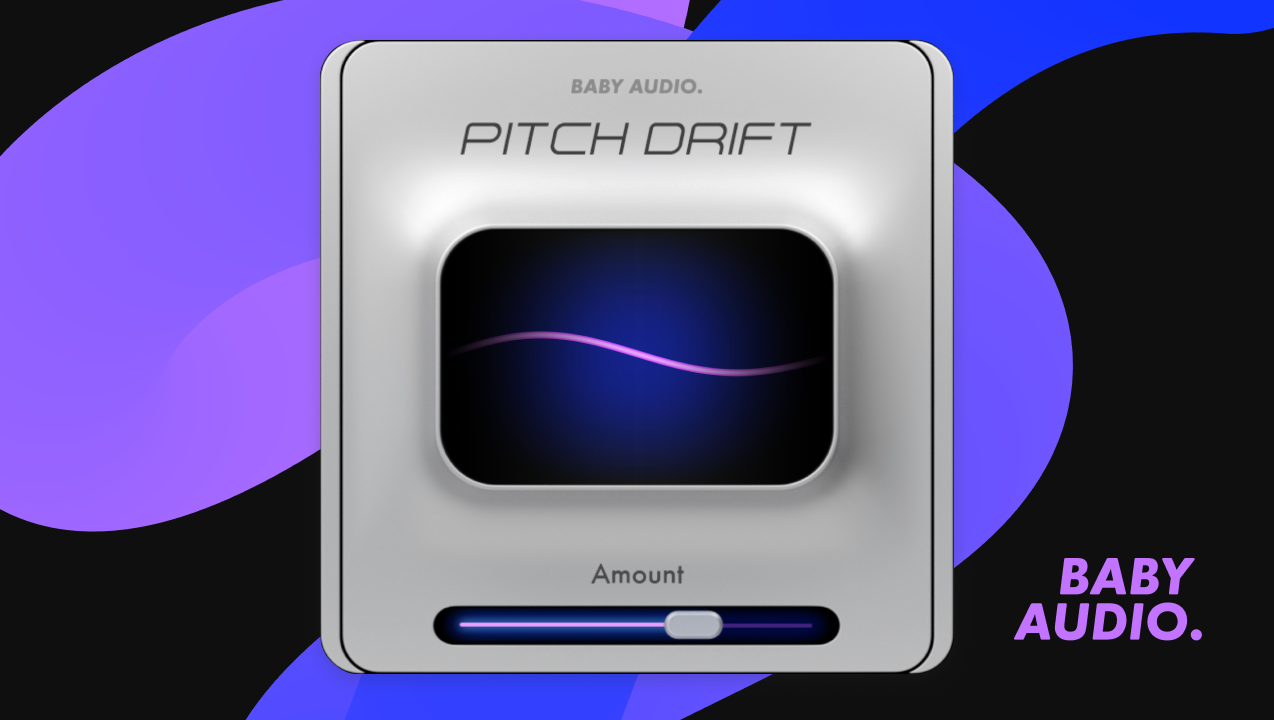

.png)




